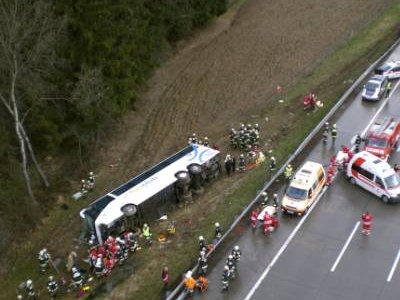By Eric C. Sigmund
Impunity Watch Reporter, Africa
KIGALI, Rwanda-Political repression and instability are on the rise as the presidential elections in the Republic of Rwanda draw near. Violent instability has received international attention after the shooting death of the independent journalist Jean-Leonard Rugamsbage on July twenty-forth. Rugamsbage died instantly after being shot in the head and chest by assailants who were waiting outside of his house.

The murder of Rugamsbage is just the latest attack against journalist in Rwanda. In February 2007, Jean-Bosco Gasasira, an editor for the independent Rwandan newspaper Umuvugizi’s narrowly survived an attack after speaking out about the harassment of journalists in Rwanda at a presidential news conference. Now Human Rights Watch is leading an effort to bring attention to the current situation in Rwanda in order to clamp down on violence against journalists. Africa director at Human Rights Watch, Rona Peligal, contends that in the run-up to the election “the government is lashing out to silence its opponents and critics.”
Critics of the government including Umuvugizi contend that the government is responsible for the death of Mr. Rugamsbage. Mr. Gasasira, who recently fled to Uganda after publication of an article critical of the government caused discontent among army leadership, claims that the government maintains a campaign against journalists and is involved in this most recent attack. Mr. Gasasira believes that the government sought to silence Mr. Rugamsbage for publishing an article linking the government with the failed assassination of Lt. Gen. Kayumba Nyamwasa, a former high ranking leader of the Rwandan army. International organizations are currently seeking an independent investigation into this most recent murder and into violence against journalists throughout Rwanda.
Paul Kagame, the current President of the Republic of Rwanda has denied allegations that his government is behind the murder of Mr. Rugamsbage. President Kagame told Reuters that “[t]he government of Rwanda might have its disagreements with journalists, like other governments, but we do not kill them.” The government had already taken action against Umuvugizi, suspending the publication and blocking its website alleging that it was merely a sensationalist newspaper. The President also reported that he requested the initiation of an investigation into Mr. Rugamsbage death. Two men have been arrested for Mr. Rugamsbage’s death.
The upcoming election is only the second election since the 1994 genocide. Mr. Kagame is expected to be re-elected for another term. International organizations have expressed concern that Mr. Kagame’s re-election would lead to further suppression of freedom of press in the country.
For more information please see;
Associated Press – Rwanda Denies Involvement in Journalist’s Death – 29 June, 2010
Huffington Post – Kagame’s Rwanda Attacking Journalists and Political Opponents – 27 June, 2010
Reuters – Rwanda Repression Rises Ahead of Poll – 27 June, 2010
Irish Times – Editor of Rwandan Paper Shot Dead – 26 June, 2010
New York Times – Rwandan Editor Who Accused Officials in Shooting Killed – 25 June, 2010



![Protesters joined Shalits parents to press for his release. [Photo Courtesy of The Observer.]](http://static.guim.co.uk/sys-images/Observer/Pix/pictures/2010/6/25/1277497867842/Israeli-activists-call-fo-006.jpg)